Latvia is often called The Singing Nation. Singing and dancing is part of the nation’s cultural identity; it is taught in kindergartens and schools, and is woven into everyday life as well as special occasions. Among the most important events in the national calendar are the celebrations of song and dance, called Song and Dance Celebration, which have taken place regularly since 1873 both in Latvia, and worldwide wherever Latvians live. From 1019 participants in 1873, the celebrations have grown in numbers of participants to around 40 000 in 2023, including singers, dancers, amateur theatres and craftspeople.
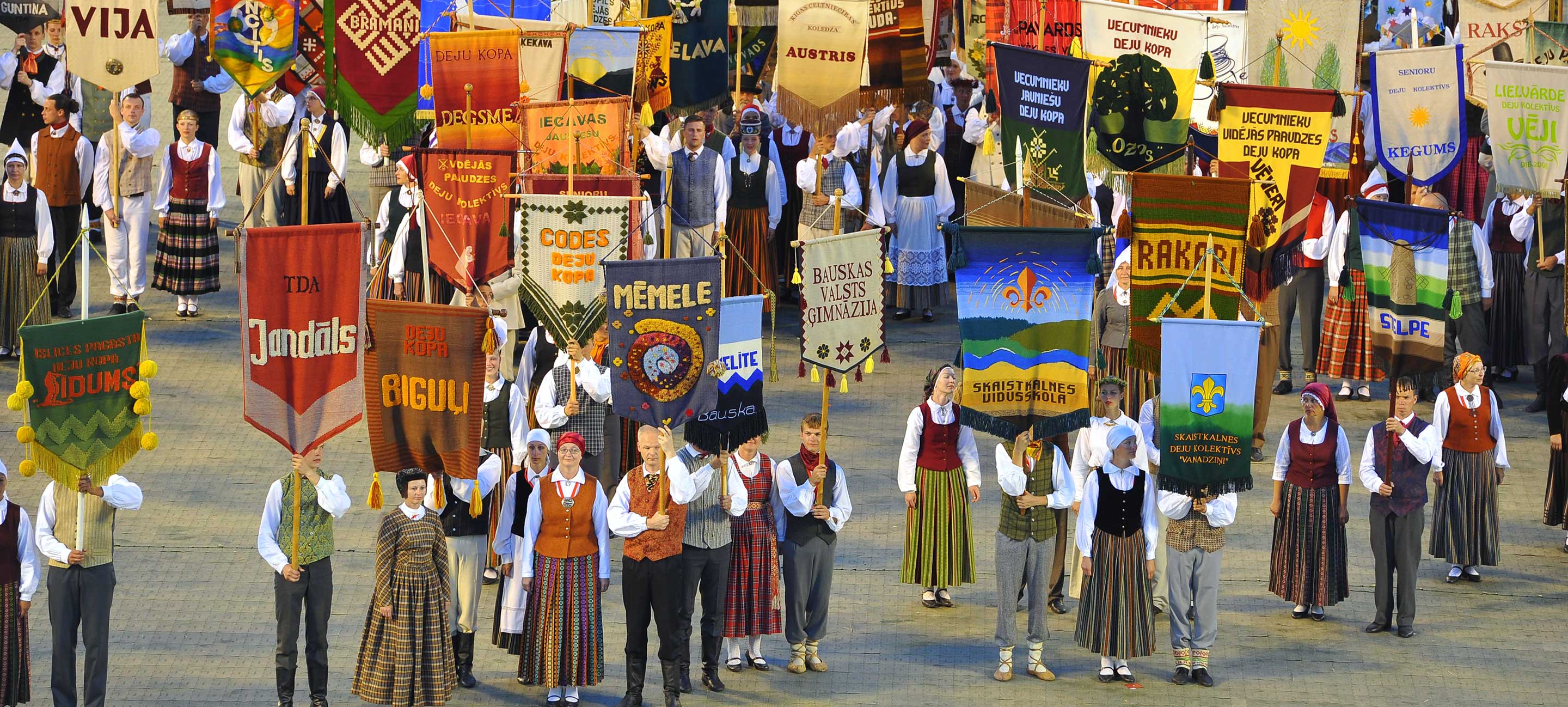
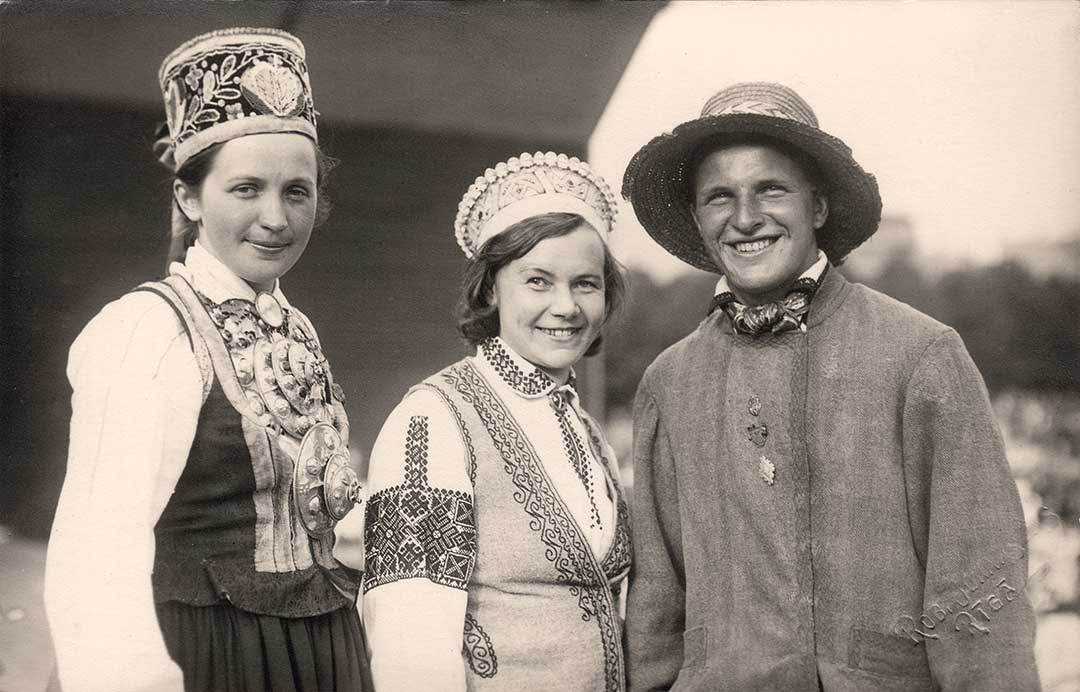
The Song Celebration Repository is a digital collection dedicated to the history and traditions of the All-Latvia Song and Dance Celebration from its beginnings to the present day. The collection contains more than 6 000 items from the digitised collections of cultural and memory institutions – images, posters, photographs, publications, celebration-organisation documents, music books, sound recordings, reminiscences and other materials from chief conductors and chief choreographers.
The Song Celebration Repository is one of the digital collections of the Latvian National Digital Library. With the support of the European Regional Development Fund, it has been developed by the National Library of Latvia (NLL) in partnership with the National Archives of Latvia (LNA), Latvian National Cultural Centre (LNKC), Latvian Radio, Museum of Literature and Music (RMM), National Museum of History of Latvia, Madona Local History and Art Museum, Museum of the History of Rīga and Navigation, and the Repository of Ethnographic Materials of the Institute of Latvian History at the University of Latvia.
Collection content is supplemented by materials from private collections and archives.
We want to continue to improve the Song Celebration Repository, so we invite anyone who has unique materials about Song and Dance celebrations/festivals, their development and traditions, both in Latvia and abroad – if you wish to have these materials included in the collection, contact us by e- mail at dziesmusvetki@lnb.lv. So as to continue development of the Song Celebration Repository, both gifts and donations will be greatly appreciates, as these will help us enrich the collection’s content and make it available to the general public.
Copyright – The Song Celebration collection consists both of protected and unprotected works by authors, and the copyright of the content included in the collection belongs to its authors or rights holders. Where copyrighted works from the Song Celebration collection are to be used, the user must obtain permission from the copyright holder of the specific item. If you discover your own work or that of an author you represent in the Song Celebration collection and do not want it to be accessible – please e-mail dziesmusvetki@lnb.lv.

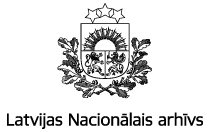
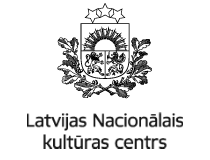
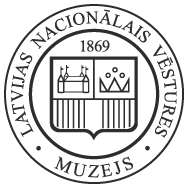



The Latvian singing tradition, polyphony, as well as the rich repertoire, which has gained its most vivid expression in the form of All-Latvia Song Celebrations, have roots that go deep into the nation’s past and traditional Latvian culture. In the second half of the 19th century, a very strong singing tradition emerged through transforming the singing of church choirs, popular throughout Europe, into a new form. Today, this tradition astonishes the world with its ambition and depth, and in 2003 it was recognised as a UNESCO Masterpiece of the Oral and Intangible Cultural Heritage of Humanity! In 2008 it was included in the Latvia’s Cultural Canon.
The 19th century saw rapid development in the education of the Latvian people, great emphasis also being placed on the development of singing skills and music making. Through this growing level of their education, singing traditions had become a cornerstone of Latvians’ learning and, consequently, national self-assurance, but the expansion of choirs and choral societies became an important form of community togetherness in which societal unity and self-assurance were born and developed. As the choral culture expanded, the idea of combining choirs for concerts arose. In Latvia, this first took place at the regional Dikļi days of song in 1864, bringing together Latvian singers from surrounding Vidzeme parishes. This event provided the first organisational experience and helped to develop the collective singing skills that paved the way for the First All-Latvia Singing Celebration, which took place in Rīga in 1873, thus concluding the prehistory of the development of Latvian’s choral singing tradition.
In subsequent years, this tradition became deeply rooted in Latvian culture and historically closely intertwined with the fates of all the Baltic States, which are reflected in the development of the Celebration, in the stories of participants' experiences, in Celebration programmes and repertoire. Significantly, none of the twists and turns of history have been able to interrupt or stem the Song Celebration tradition, it has always continued to exist, only enhancing its forms of expression and numbers of participants, diversifying its elements and gaining more and more symbolic power, both between Celebrations and in the culminations of the five-year cycle. In all of Latvia’s crucial moments, as a country and nation, the power of the Song Celebration has been able to unite, cleanse and strengthen us. Songs with their hidden code of strength, undecipherable by foreign powers, were included in the official Song Celebration repertoire during the Soviet occupation, thus helping the community maintain its unity and preserve the core of national heritage. These songs also gave strength to those Latvians who had gone into exile – Latvians scattered around the world continued to remain united, preserving the singing tradition and organising song festivals in their home countries.
UNESCO highlights and admires not only the holding of the Celebration every five years, but also the huge, all-embracing scale of its grandiose creative process, artistically unique and singular character, high-quality forms of expression, as well as the depth and symbolic power of the tradition, in which each and every one of us is present!

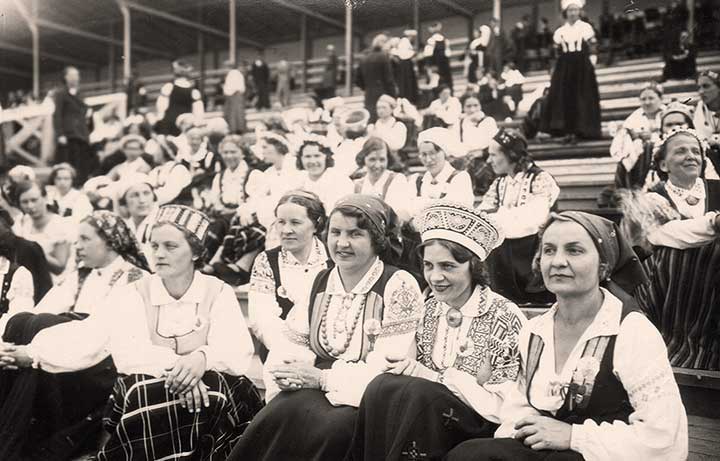
From 1946, the Latvian Song Celebration tradition has traveled to different parts of the world, together with those singing Latvians who went into exile. The Song Celebration tradition has been observed and continues to be observed in more than 20 places around Europe, 14 in North America and eight in Australia. It continues to exist and develop, but once every five years Latvians from all over the world come together at the All-Latvia Song and Dance Celebration in Latvia.